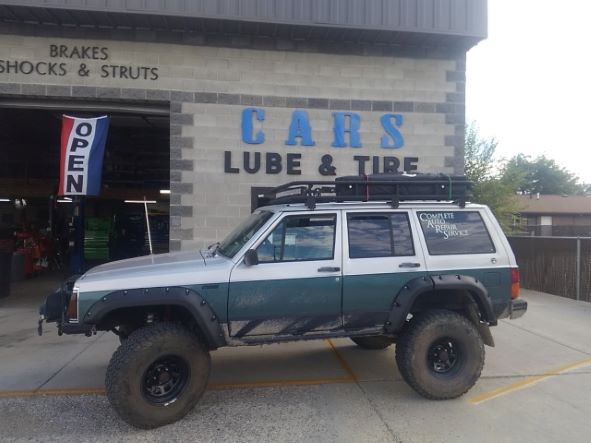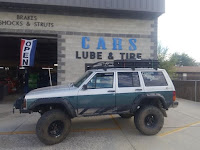CARS = Complete Auto Repair Service
In Utah Summer Time Travel Is your car/truck ready for summer time travel?? Think about having your vehicle checked out! It doesn't matter how fast the vehicle goes if it won't stop. Stop by for a free brake inspection, we'll also check the belts, hoses, fluids, important for the long summer road trips. Also think about checking your tire pressure often ( you can loose as much as 15% fuel mileage with low tires ). Make sure your windows are clean and the wiper blades are good for those pesky summer showers. Call today for and Appointment. (435) 637-5337 carsautorepairutah.blogspot.com 660 E. Main St, Wellington UT 84542 Hwy 191 / 6 Next to Post Office North of Moab South of Price, Helper, Salt Lake City, Ogden UT
C.A.R.S. = Complete Auto Repair Service We are here to help you with all your Auto Repair needs. (435) 637-5337 Next to Post Office North Of Moab Utah South of Price, Helper, Sunnyside, SLC, Provo UT

.JPG)
.JPG)









